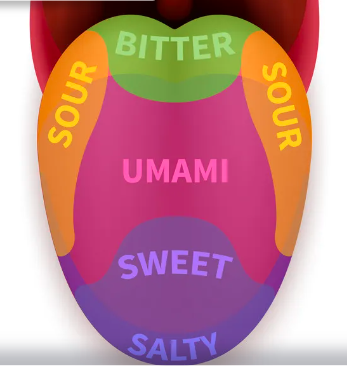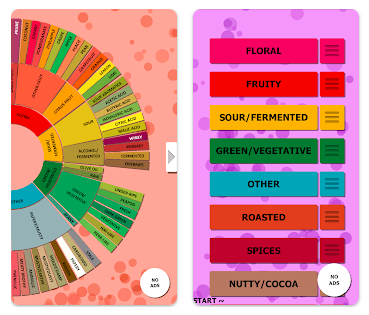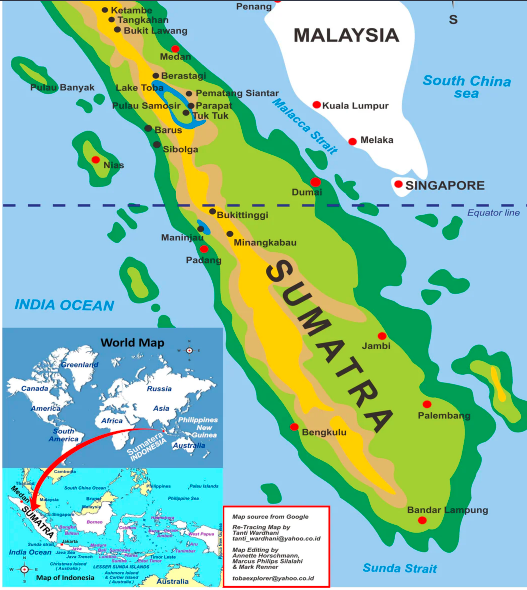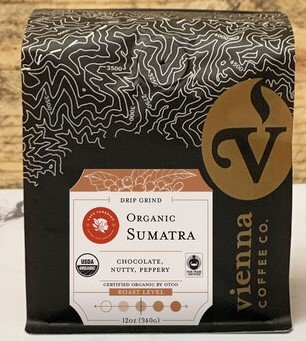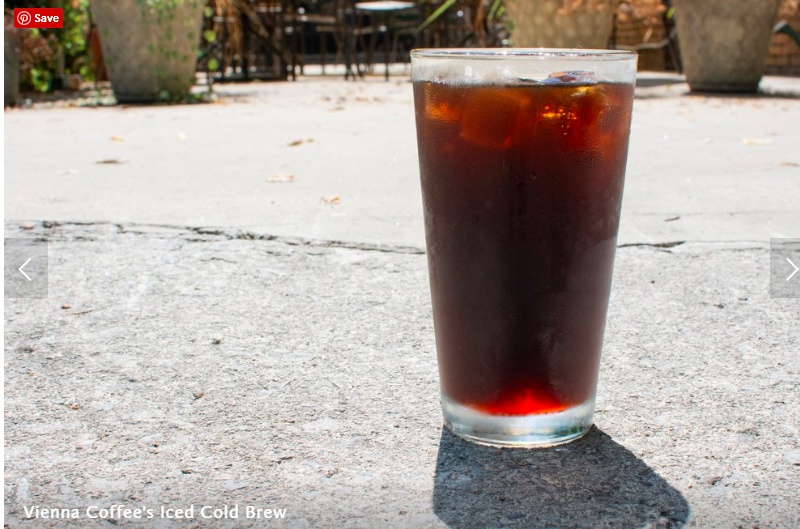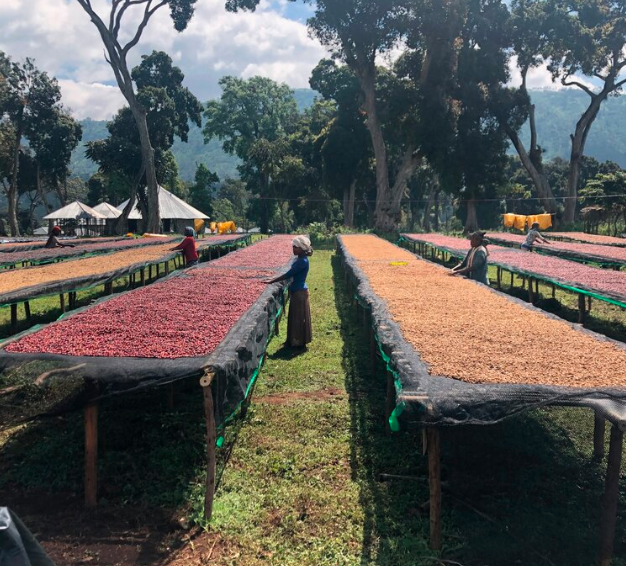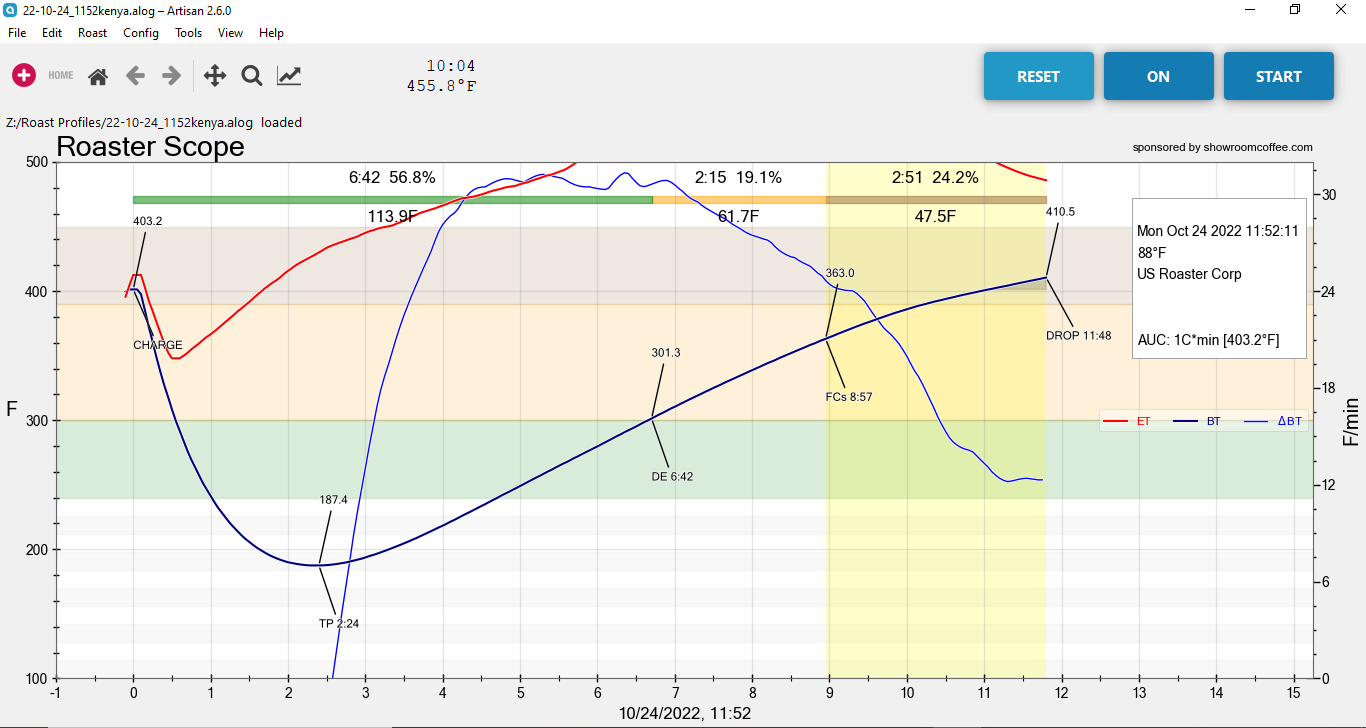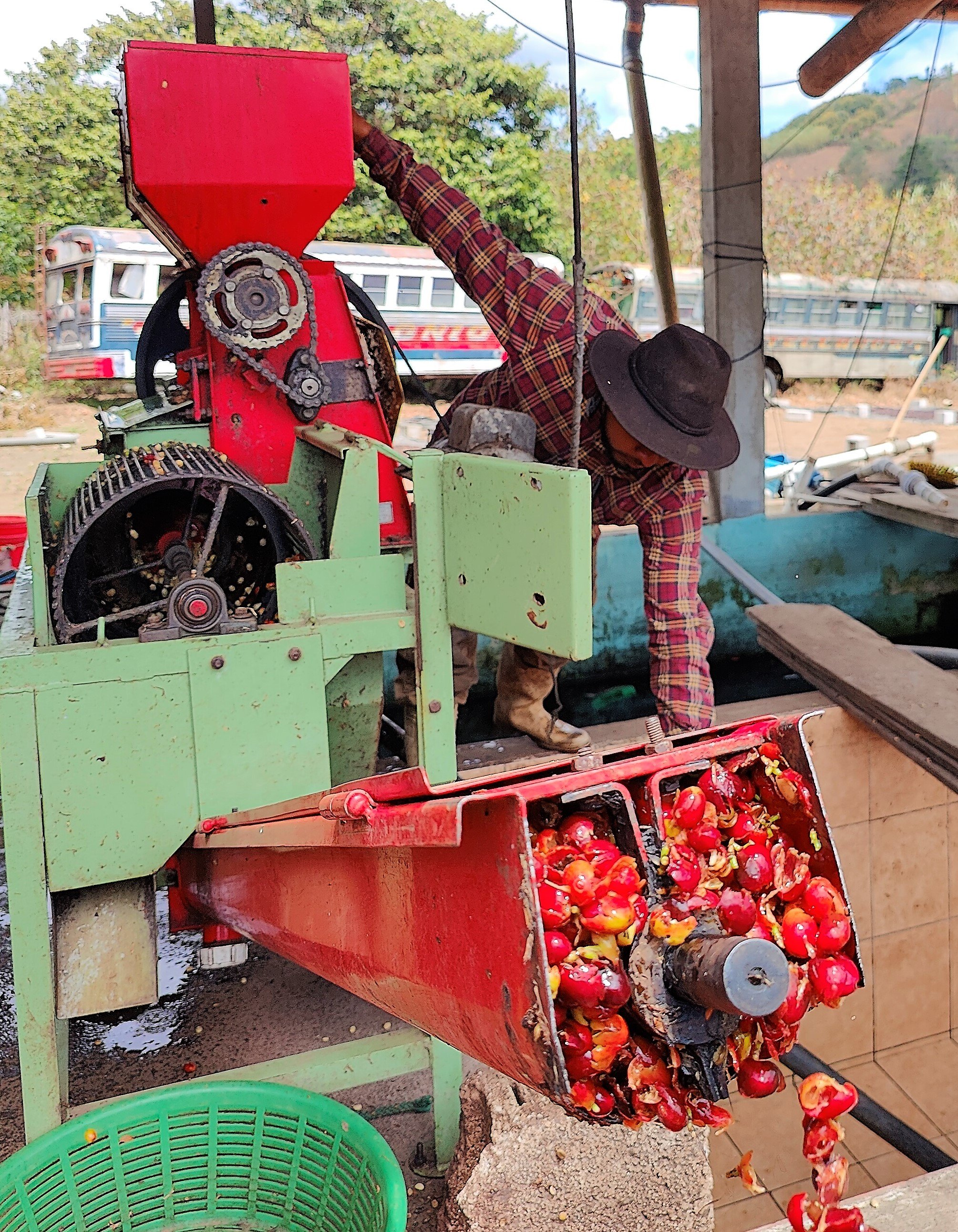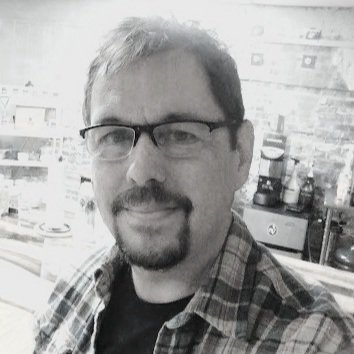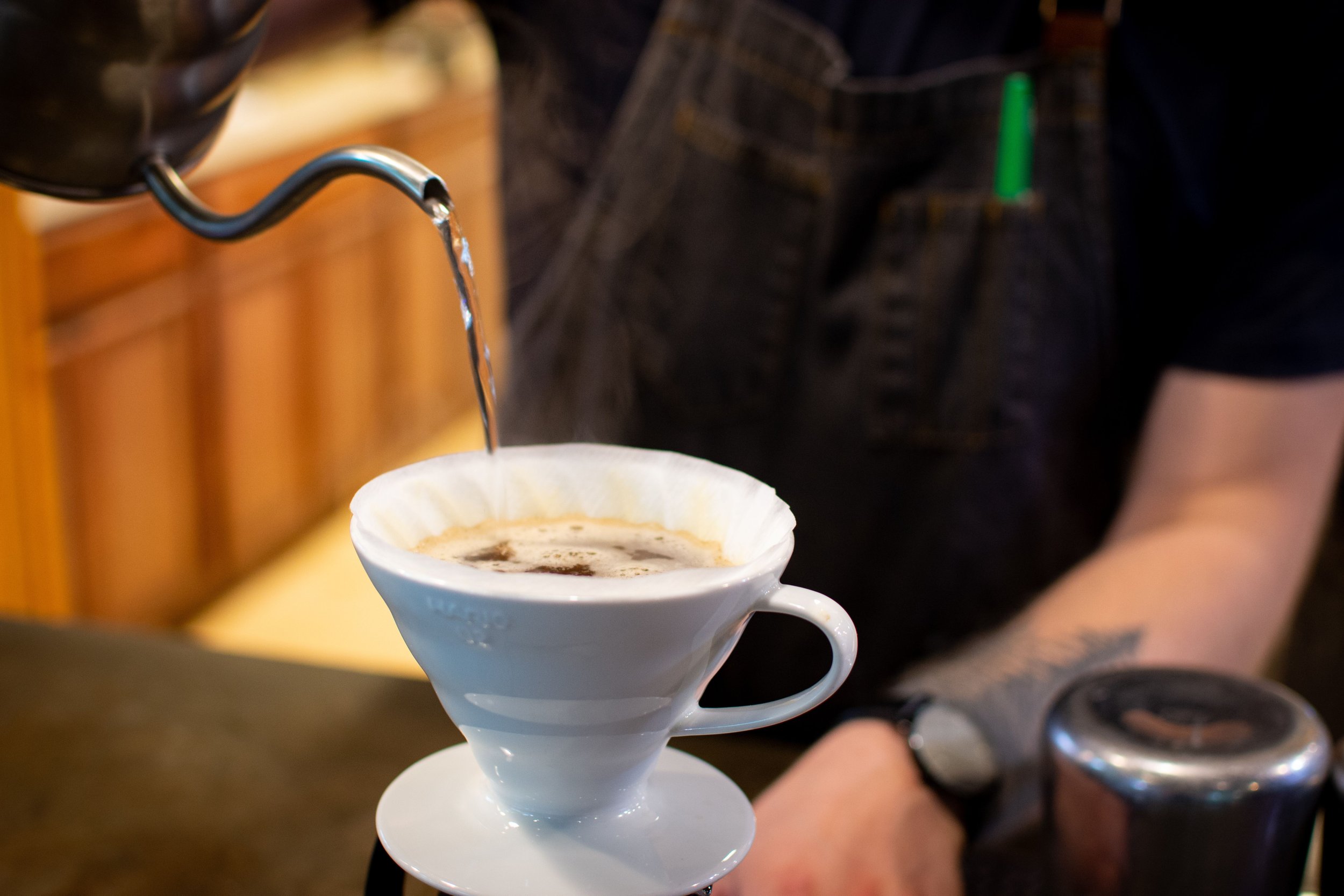Welcome to For the Love of Coffee! A weekly blog about all things coffee exclusively for the staff of Vienna Coffee.
I am sure you have all heard at some point in your coffee journey that drinking too much coffee is horribly bad for you, and over-dosing on caffeine on a regular basis will lead to one’s early demise. Or maybe you have heard the opposite, that regular coffee consumption has many astonishing health benefits. Which view is correct? Well, as usual, the truth lies somewhere in the middle. In today’s blog, we will briefly explore some of the negatives and the overwhelming positives of regularly drinking coffee.
One of the first benefits of coffee is the increase in energy that is derived. While caffeine content in coffee varies based on type and roast degree, the average cup of 8oz coffee contains approximately 90 milligrams. A single dose of 200, and a daily intake of 400 milligrams of caffeine is considered safe (assuming you are not sensitive to caffeine) and many athletes and trainers swear by coffee’s ability to give that extra energy boost to a workout without all the sugar and artificial flavors of many of the popular “energy drinks”.
However, one possible negative to drinking too much caffeine is that it can cause one’s heart rate to increase, causing the famous caffeine “jitters”, as well as an increase in anxiety and sleeplessness. For some it can temporarily increase blood pressure, so monitor how much you consume and pay attention to any negative effects when drinking any beverage containing caffeine.
What?!? I’ve only had one cup!!
Another benefit of drinking coffee daily is all of the natural antioxidant properties in coffee. In fact, scientists have identified over 1,000 antioxidants in unprocessed green coffee beans, and hundreds more develop during the roasting process.* Brewed coffee has more antioxidants than red wine, cocoa, and even green tea, all antioxidant superstars! Of course, adding unhealthy amounts of cream, sugar, or other flavoring to coffee will have a negative impact on the health benefits, in some cases eliminating them altogether. Think about it next time you go to order your favorite double-shot-extra-caramel-chocolate-hazelnut-Frappe made with half-n-half and topped with whipped cream! Maybe opt for a great cup of Organic Sumatra or VCC House Blend instead!
Is there really any coffee taste left? :-?
A Harvard University study that came out in 2021 stated that moderate coffee consumption (2-5 cups per day) was associated with a lower likelihood of Type-2 Diabetes, heart disease, liver cancer, Parkinson’s disease, and depression.**
But my favorite reason for drinking coffee goes beyond any physical health benefits, which are many. My favorite benefit of drinking coffee is the way it brings people together over a great cup, how it fosters community, and how it connects us with a much bigger world than we can imagine. I believe the emotional, phycological, and even spiritual benefits of a beautiful cup of coffee are just as powerful and life-affirming as any antioxidant could ever be.
For more information about some of the health benefits of coffee check out the links below.
It’s a GREAT, and HEALTHY day for coffee!!!
Matt







